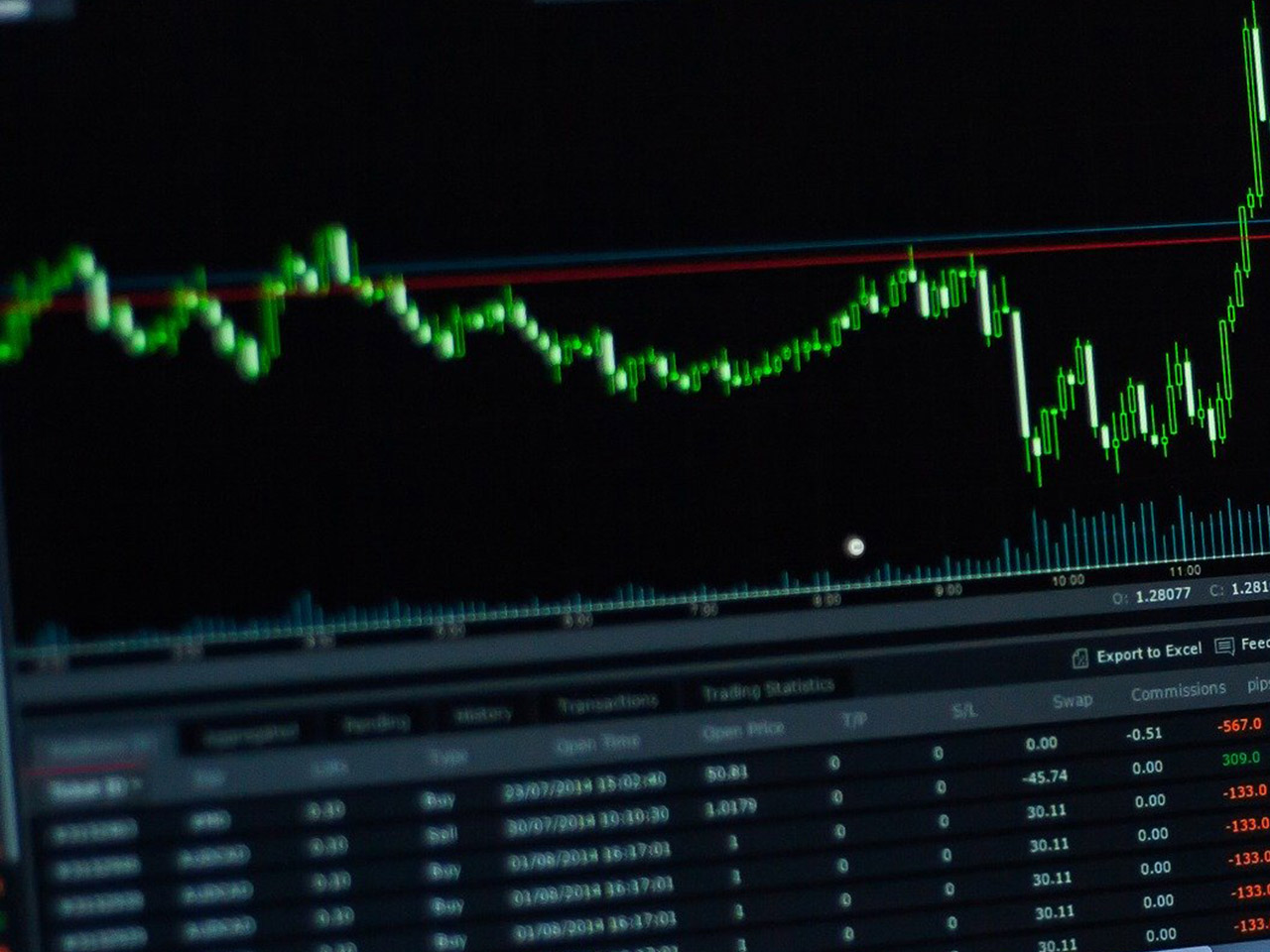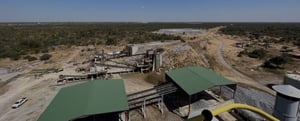As one of the largest integrated energy companies in the world, BP p.l.c. (BP.L) finds itself at a pivotal juncture, navigating a complex landscape characterised by fluctuating oil prices, the global shift towards renewable energy, and internal financial realignments. With a market capitalisation of $59 billion, BP remains a formidable player in the energy sector, yet its recent financial metrics suggest a nuanced picture that warrants investor attention.
The current share price of BP stands at 379.25 GBp, marking no significant change on the day. However, when considering its 52-week range of 331.70 to 474.65 GBp, investors might ponder the potential for volatility, especially as the stock hovers closer to the lower end of this spectrum. The target price analysis, with an average of 417.50 GBp, suggests a potential upside of 10.09%, indicating room for growth if BP can successfully leverage its strategic initiatives.
From a valuation standpoint, BP presents an intriguing case. The absence of a trailing P/E ratio and the unusually high forward P/E of 778.43 highlight challenges in profitability and earnings expectations. The lack of traditional valuation metrics such as PEG, Price/Book, and Price/Sales ratios may concern some investors, yet it underscores the need for a forward-looking approach when evaluating BP’s potential.
The company’s performance metrics paint a mixed picture. A revenue decline of 4.10% and a negative EPS of -0.05 indicate recent struggles in maintaining profitability. Moreover, a return on equity of -0.24% raises questions about efficiency in generating shareholder value. Yet, BP’s free cash flow, standing robustly at £11.54 billion, provides a silver lining, showcasing the company’s ability to generate cash amidst challenging conditions.
BP’s dividend yield of 6.68% is notably attractive, especially in a low-interest-rate environment. However, the staggering payout ratio of 1,316.37% raises sustainability concerns. Investors should scrutinise BP’s future earnings and cash flow to assess whether such generous dividends can be maintained without compromising the company’s financial health.
Analysts’ ratings present a cautious optimism, with 5 buy ratings, 13 hold ratings, and 1 sell rating. This indicates a market consensus leaning towards maintaining positions while keeping a watchful eye on future developments. The technical indicators, with a 50-day moving average of 368.06 GBp and a 200-day moving average of 396.28 GBp, suggest a stock that is currently undervalued relative to its longer-term trend. An RSI of 32.58 indicates that the stock may be approaching oversold conditions, potentially signalling a buying opportunity for risk-tolerant investors.
BP’s strategic focus on diversifying its energy portfolio through investments in low-carbon energy, hydrogen, and bioenergy could prove decisive in the long term. As the world transitions towards greener energy sources, BP’s comprehensive approach, encompassing both traditional oil production and innovative renewable solutions, positions it well for future growth. Founded in 1908 and headquartered in London, BP’s legacy in the energy sector is substantial, yet its future will depend on its ability to adapt and innovate.
For investors, BP represents a complex yet potentially rewarding investment. While current financial metrics signal caution, the company’s strategic initiatives and robust cash flow provide a foundation for optimism. As BP navigates the ongoing transformation of the energy landscape, it will be essential for investors to carefully monitor the company’s progress and market dynamics.









































